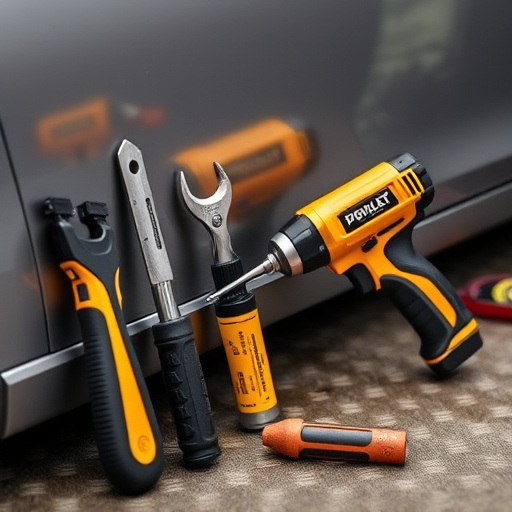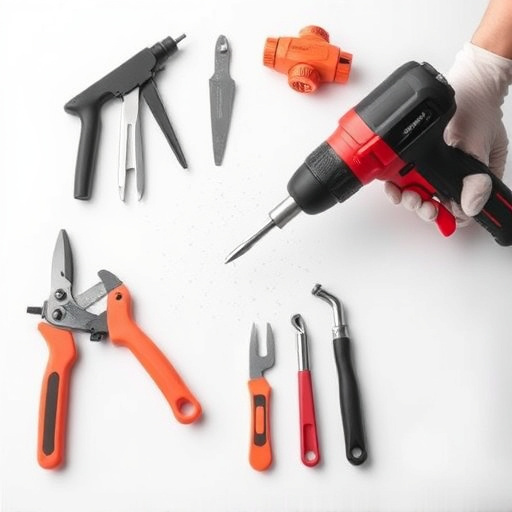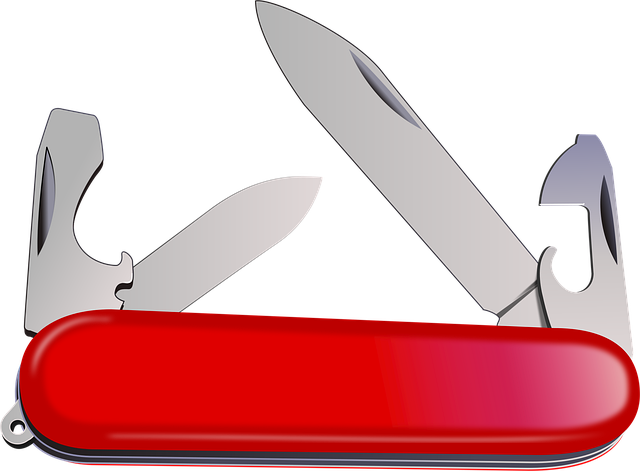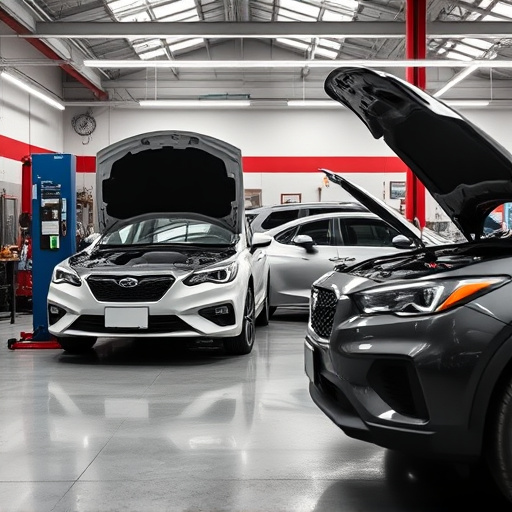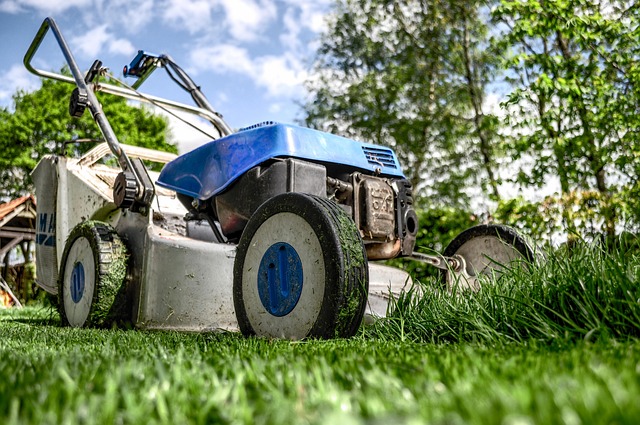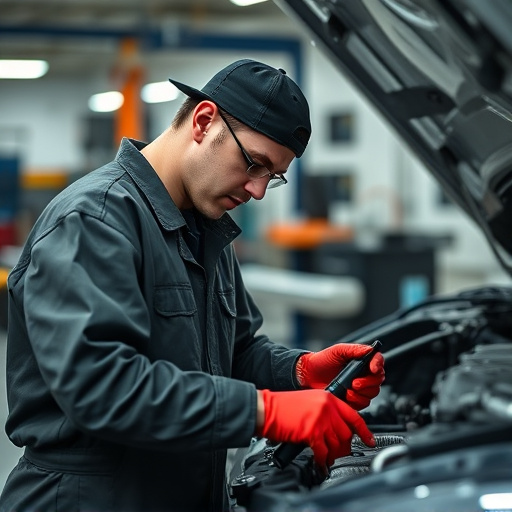Post-accident frame analysis is a critical step in automotive collision repair, where skilled technicians use specialized tools and software to meticulously examine vehicles' structural integrity after collisions. The process considers various angles, identifies hidden damage, and determines repair needs, taking 1-3 hours per vehicle. Duration varies based on damage complexity, shop resources, part availability, and regulatory requirements, with simple incidents requiring quicker assessments and severe crashes potentially taking weeks. Best practices, including thorough documentation, specialized software, regular training, and adherence to safety standards, streamline the process, ensuring accurate and efficient collision repair for all types of car damage.
Post-accident investigations are crucial for understanding and preventing future incidents. The duration of post-accident frame analysis can vary greatly, influenced by factors like complexity, available data, and scope. This article delves into the intricacies of this process, exploring key elements that determine its length. By understanding these factors, organizations can implement best practices to expedite analysis, ensuring swift insights for enhanced safety measures.
- Understanding Post-Accident Frame Analysis
- Factors Influencing Analysis Duration
- Best Practices to Expedite the Process
Understanding Post-Accident Frame Analysis

Post-accident frame analysis is a meticulous process that involves a detailed examination of a vehicle’s structure and damage following a collision. It’s a critical step in the automotive collision repair process, as it helps determine the extent of repairs needed for a car body repair. Skilled technicians use specialized tools and software to carefully assess each panel, joint, and component of the vehicle. This involves visualizing the accident from multiple angles, understanding the forces involved, and identifying hidden damage that may not be immediately apparent.
The time taken for this analysis varies based on several factors, including the complexity of the collision, severity of damages, and the size and type of vehicle. In a typical vehicle body shop, a thorough post-accident frame analysis can range from 1 to 3 hours per vehicle. This allows technicians to create precise repair estimates, ensuring that every aspect of the automotive collision repair process is handled with accuracy and efficiency.
Factors Influencing Analysis Duration

The duration of post-accident frame analysis can vary significantly depending on several factors. One of the primary influences is the complexity of the damage. A simple fender bender might only require a quick assessment, while a severe crash involving multiple vehicles and extensive metal deformations could take days or even weeks to fully analyze. The size and reputation of the auto body shop or collision repair shop also play a role; larger facilities with more specialized equipment may handle complex cases more efficiently.
Another crucial factor is the availability of parts and technicians skilled in vehicle body repair. If specific replacement parts are hard to come by, the analysis and repair process could be delayed. Additionally, the time needed for detailed documentation and reporting varies based on regulatory requirements and the need for advanced safety inspections. These variables collectively determine how long it takes to complete a thorough post-accident frame analysis, ensuring vehicles are safely returned to the road after any incident.
Best Practices to Expedite the Process

When conducting a post-accident frame analysis, adhering to best practices can significantly expedite the process while maintaining accuracy. One key practice is thorough documentation and photography. Before disassembling any vehicle parts, capture detailed images from various angles, ensuring both visible and hidden areas are documented. This not only helps in quick reference but also aids in communicating complex issues to all parties involved.
Additionally, utilizing specialized software for frame analysis can streamline the process. These tools enable professionals to measure and compare damage with precision, reducing manual calculation errors. Regular training and updates on industry standards and technologies ensure that auto collision repair specialists are equipped to handle modern vehicle structures, including advanced safety features and materials that may affect traditional repair methods. Employing these best practices contributes to a more efficient post-accident frame analysis, ultimately facilitating faster and more effective auto collision repair for all types of car damage.
Post-accident frame analysis, a crucial process for understanding and improving safety, typically takes 1-2 weeks. This duration is influenced by factors like complexity, available data, and collaboration among stakeholders. By adhering to best practices, such as thorough documentation, early involvement of experts, and efficient communication, the process can be expedited. Effective post-accident frame analysis not only helps identify root causes but also fosters a culture of continuous improvement within organizations.

